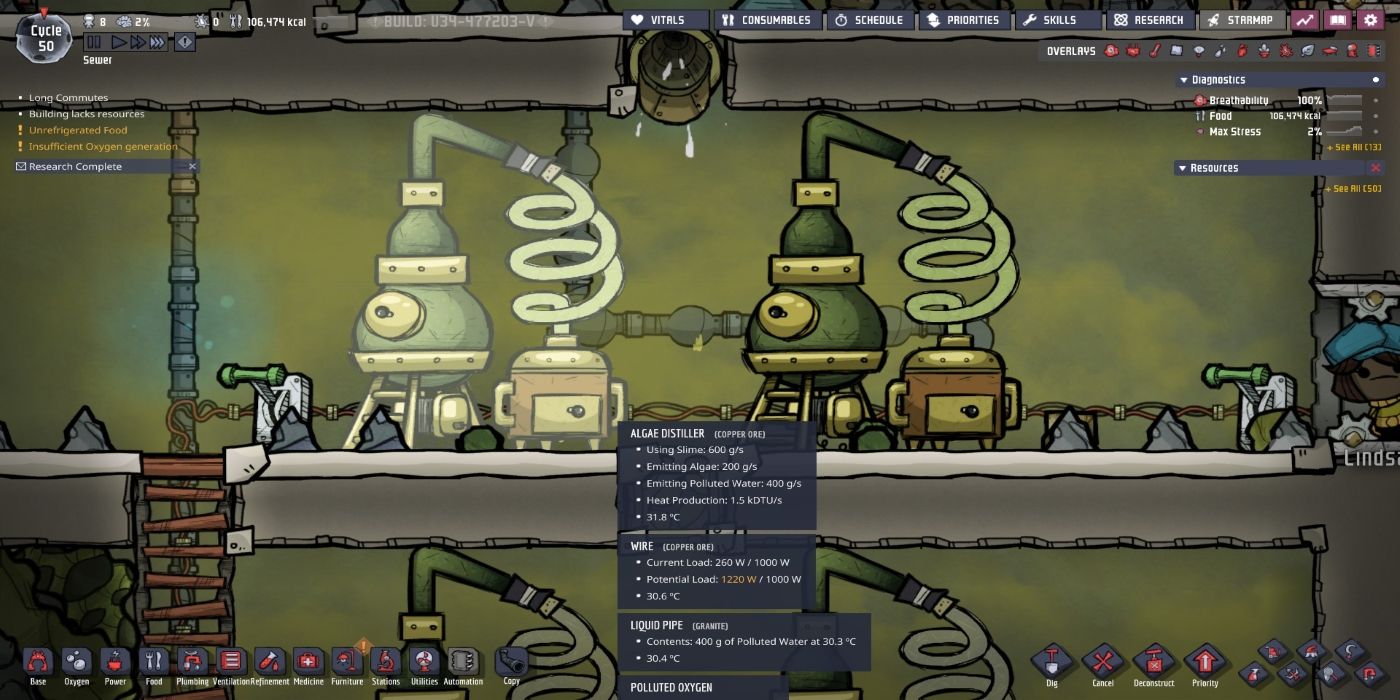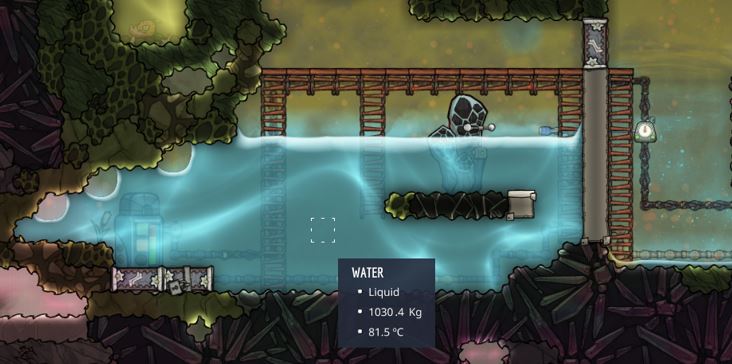

Many facilities struggle to eliminate micropollutants with conventional treatment processes. These contaminants have become a major issue for utilities. Urban wastewater is becoming increasingly contaminated with organic substances such as biocides, EDCs, PCPs and pharmaceuticals. SUEZ can implement different solutions to contribute to integrated water management. For operating cost reduction, municipalities and industry are smart to invest in reuse installations to reduce their fresh water consumption. Water recycling is safe, environmentally sustainable and cost-effective for decision-makers who care about environmental resources. Water recycling avoids water shortages and protects water resources.

In arid areas, due to water scarcity, treated wastewater can be used for a reuse application such as land or golf irrigation. Potential industries that can benefit from ozone and UV include pharmaceuticals, textiles, automotive, foundry, etc. In combination with medium pressure UV, ozone exhibits the power of advanced oxidation for TOC reduction, as well as destruction of organics. Ozone, in combination with UV and/or other physical, chemical or biological processes, has the potential to treat complex industrial wastes due to its strong oxidative nature.

WastewaterĮffluent wastewater from an industrial facility may carry a broad and variable range of contaminants, including BOD, COD, color, phenols, cyanides, sanitary waste and a host of complex chemicals. To reduce the risk to consumers, more and more countries are introducing new drinking water regulations containing stricter limits on pathogens and contaminants. In general, surface waters such as lakes and rivers contain higher levels of micro-organisms and are more prone to contamination than groundwater and require different treatment regimes. Ozone and/or UV require a relatively short residence times for disinfection unlike chemicals such as chlorine and chlorine derivatives.ĭrinking water is treated to kill or inactivate any pathogenic micro-organisms such as viruses, bacteria and parasites, to remove inorganic and organic trace contaminants which have found their way into the water system because of pollution and to reduce the naturally occurring organic compounds such as humic acid and algal metabolites. While UV is limited to disinfection, ozone is also an effective treatment for taste, odor and color removal, iron and manganese reduction, as well as being a flocculating agent. Each can be used for the inactivation of viruses, bacteria and other microbial contaminants. Drinking Waterīoth Ozone and UV are well recognized methods for municipal drinking water treatment and disinfection. Ozone and/or UV are effective and environmentally friendly alternatives to chlorine and chlorine derivatives for water and wastewater disinfection. In addition to disinfection, ozone is also an effective treatment for taste, odor and color removal, iron and manganese reduction, as well as being a flocculating agent. ozonia offers several UV products for water and wastewater treatment which are fully bioassay validated with independent third party certification per recognized regulatory guidelines. UV is a proven cost effective disinfection alternative for water and wastewater, as well as numerous industrial applications. Each can be used for the inactivation of viruses.

Disinfectionīoth Ozone and UV are well recognized methods for water and wastewater disinfection in the industrial and municipal markets. SUEZ has a broad range of ozonia products, ranging from laboratory scale ozonators to large engineered ozone plants to satisfy any possible color removal need. Ozone is also used extensively as a "bleach" in many processes such pulp and paper manufacturing, kaolin production and even textiles (stone washed denim). This need has crossed over to wastewater treatment (industrial and municipal) and today ozone is used extensively to remove color from effluents from dye manufacturers, textile mills, pharmaceutical factories and other industrial companies. The powerful oxidation potential of ozone has made color removal one of the "classic" ozone applications for drinking water along with taste and odor removal which are also organic based. Color RemovalĬolor due to organic molecules or products break down quickly when they come into contact with ozone. Depending on the application we can supply either a single technology or adopt a multi-process approach to achieve the desired result. SUEZ's ozone generators and UV reactors have been designed so that they can be integrated into all types of treatment steps with the minimum amount of work and time.


 0 kommentar(er)
0 kommentar(er)
